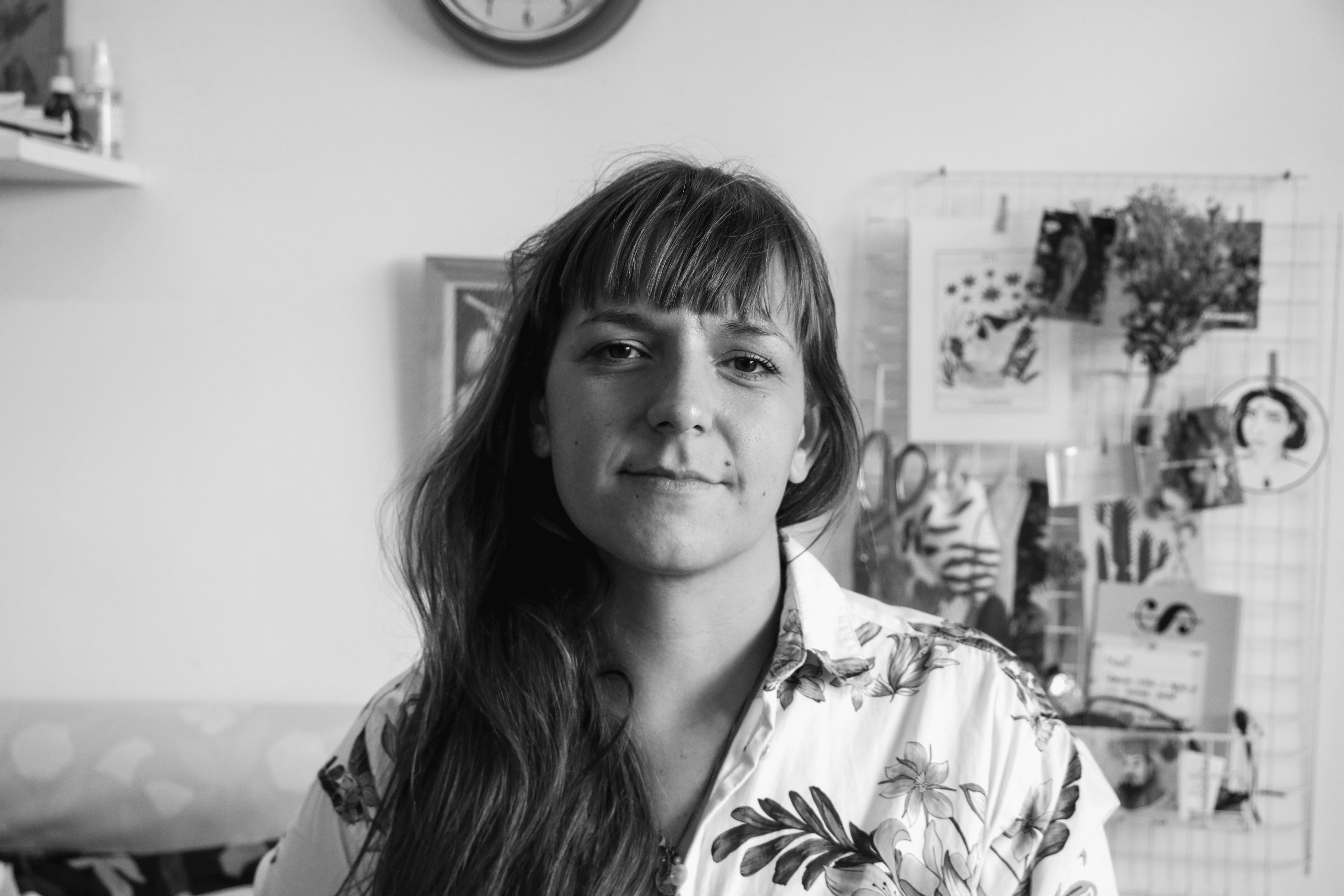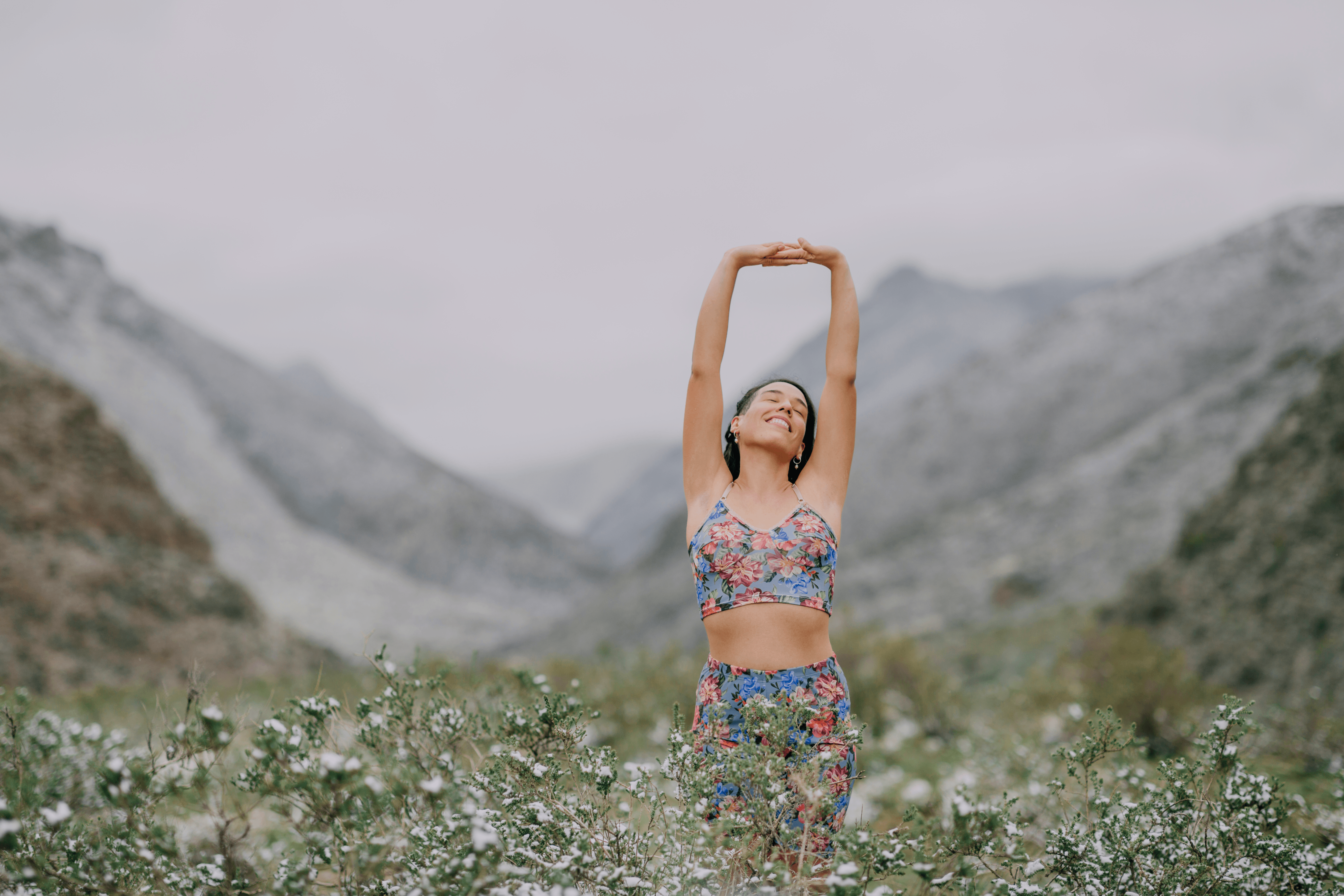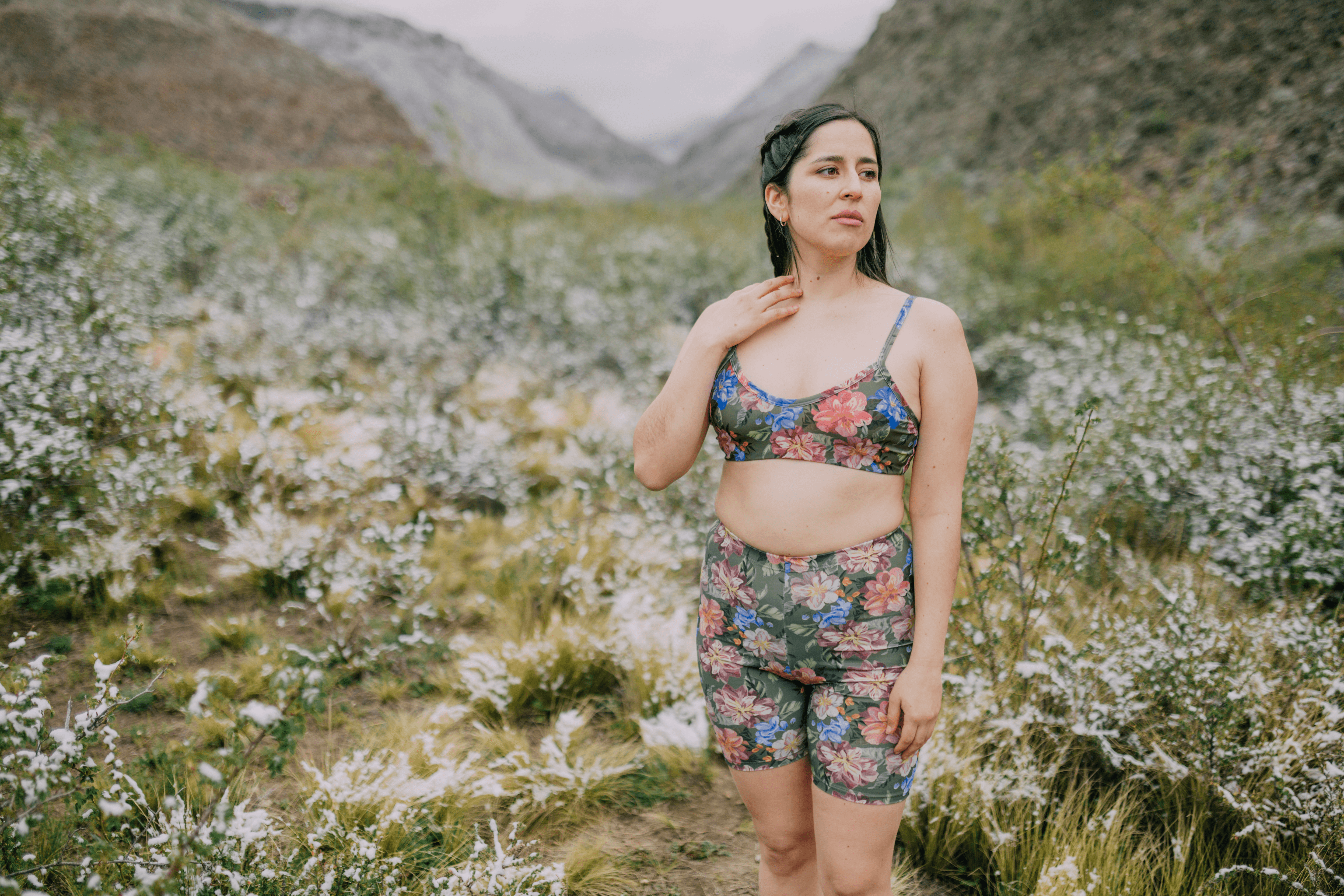Meet Magdalena Paladini | Diseñadora y Emprendedora

We had the good fortune of connecting with Magdalena Paladini and we’ve shared our conversation below.
Hi Magdalena, can you walk us through the thought-process of starting your business?
Brilla Gringa was born 10 years ago, with a search that was both conscious and unconscious, to find a business created my way, that represents me and where I can pour all my creative energy and at the same time be profitable, so I can make a living from it. Of course, to be able to achieve this, many years of study, projects, self-knowledge and encouragement had to pass.
In 2005 I began studying a Bachelor’s Degree in Visual Communication Design in Santa Fe. I had always wanted to be a Clothing Designer, but since that career did not exist there, I opted for the closest thing. In 2010 I went to live and work as a graphic designer in Buenos Aires and little by little everything started to happen. I took many courses in trades that interested me and I wanted to explore: embroidery, painting, art direction for film, production, photography and always, I worked hard.
I began to design the identity of clothing and footwear brands, which were already proposing slow fashion, which identified and attracted me greatly, because it united all my love for art and craft, and it materialized in fashion. That’s how I met designers, like Carola Bessaso from DAM Boutique and Lourdes Chicco Ruiz, who had a very admirable format for me. They made super unique garments on a small scale, with a lot of personal imprint and all handmade. How I created networks and communication, I entered that universe and began to think about how I could put together my own.
The summer of 2013/2014 I took a short lingerie course and it was the trigger for putting together my first collection. I chose the world of lingerie, because first it was a universe where I had never felt identified with the proposals that were in the Argentine market, which is why I understood it as a great design need and also since they were small garments, I was going to be more facial handling and investment of the project.
My first problem with the world of lingerie was that my body did not fit into any table, that’s why I could never buy a complete set and wear it, without having to give away the panties, because I am always 2 sizes bigger in the hips than in the chest. So selling the garments separately was not an arbitrary decision, but a solution for all of us who do not have bodies proportioned to a hegemonic one. On the other hand, it was not easy for me to find panties that felt comfortable and did not constrict or break after a week, this world is not designed for women with wide hips. So expanding the size chart had to be another premise in this project. Something that is easy for me to recognize is that I am pragmatic, therefore I will always choose to feel comfortable, I believe that practicality and comfort are sisters. That’s why I chose to make the bras as simple as possible and at the same time it seemed noble to me, that in that simplicity the natural shape of each body is respected. So I made another great design decision: not to use a brooch, or underwire, and even less push up. And finally, color was always a trigger when designing any graphic piece that touched me, that’s why I thought about being faithful to that form and also using it to think about lingerie. Something that also broke with what we knew in the world of corsetry, since that world is only in white, black, nude and red. What’s more, I dyed the first accessories (elastics and straps) by hand, because it was impossible to get them in other colors (unfortunately this is something I had to stop doing, but in another entry we will talk about the things I had to give up, in pursuit of accept the movement of growing).
I didn’t design the molding at random or for pure aesthetics either, but I developed it thinking about the different bodies and how invisible they are in the world of fashion, and in the general world. I tried to focus above all on the difference, and I put together four large groups: those who have more back and less lola, small back and a lot of lola, a lot of back and a lot of lola, small back and little lola. If I designed a Gringa model for each of these bodies, no one was going to be left out. I started only with three that today are a Gringa classic and that inspired many other brands: Ramona, Helvecia and Maria Juana. Of course, later time and experience, and mainly the relationship with clients, led me to make new models or modifications. That’s how I reversed the Maria Juana and added the Rafaela.
With these first guidelines, I began to project. I feel that lingerie has always been designed under only two aspects: hiding under the garment and satisfying the desire of the patriarchy. And in Gringa nothing was going to be hidden anymore. No hips, no rolls, no sagging lolas, no cellulite. It was our time to shine, and shine for ourselves.
Looking back at all this, I began to understand that not having studied clothing had not been so bad, because it allowed me to design from another place. Designing from the experience of consumer and communicator, which made it even more powerful. It gave me the freedom to go outside of what they teach you, I had no parameters of what was good or what was bad, because I didn’t know it. So the empirical was again my way to put together Gringa. I like to choose experience as learning, in almost everything I go through. Likewise, with this I am not devaluing pedagogical training, I raise it from the place of pure experimentation and curiosity.

Let’s talk shop? Tell us more about your career, what can you share with our community?
In these 10 years of Gringa, I can say that it will never be a closed project, it will always be mutating and transforming, not only due to the social, political and economic context, but mainly, due to my emotionality. Gringa is a part of me, and that’s how I take it, so separating it from what I’m feeling or the moment I’m going through personally is impossible to think about. There is a quote by Walter Gropius, which says that “Only work that is the product of an internal compulsion can have spiritual meaning.” and this always resonates with me, Gringa has to have that inner drive, otherwise I myself will stop Brillar and therefore the brand too. So this is why I am always on the move, looking for that inner light. Until the pandemic, Gringa’s prints were always made in collaborations with Argentine women artists, who painted or illustrated to create our own genres, the inspiration was always color and natural flowers.
With the pandemic, and a 3-year-old daughter, and online sales that skyrocketed, those two years were spent purely on production, logistics and ecommerce, which left me quite exhausted and a little far from the romanticism that always connects me. with Gringa, since everything was much more earthly and productive. When the pandemic had passed, and we were returning to normal life, we moved to a bigger house and I took advantage of returning to Juana’s garden, and my personal time, to do a color workshop, where we painted with acrylics and the exercises It was always painting nature and flowers. With that time I began to be surprised by what I was doing, and I began to fantasize about the idea of painting the next prints myself. One afternoon walking through the new neighborhood, I found a flower catalog in a garbage can, it was like a supplement to many old magazines, where it explained how to care for each flower, and it was called: Flowers for the House. I picked it up, I brought it home and in that same act I decided that the new collection was going to be called that and I was going to paint them myself. It was crazy for me, the first day the rolls of fabric arrived, I was overcome with confusion, wondering if what I had done was crazy, haha, it was hard for me to believe. Since 2022, this collection has not stopped growing, and I have been adding new prints, which I paint on paper, take photos, and put together the report digitally.

Shoutout is all about shouting out others who you feel deserve additional recognition and exposure. Who would you like to shoutout?
To my daughter Juana and my partner Negro, for being my team, home and always the best refuge.
To my friend Carola Besasso (Designer of DAM Boutique), for always inspiring me and reflecting on how important it is to always be connected to ourselves and be genuine about that.
To the JUNTAS Fair, which was a great engine of growth for Gringa.

Website: https://www.brillagringa.com.ar
Instagram: brillagringa
Facebook: brillagringa





Image Credits
Fotos blanco y negro: Consuelo Iturraspe
Fotos con modelos: Michelle Gentile
Fotos producto: Mumi Paladini
